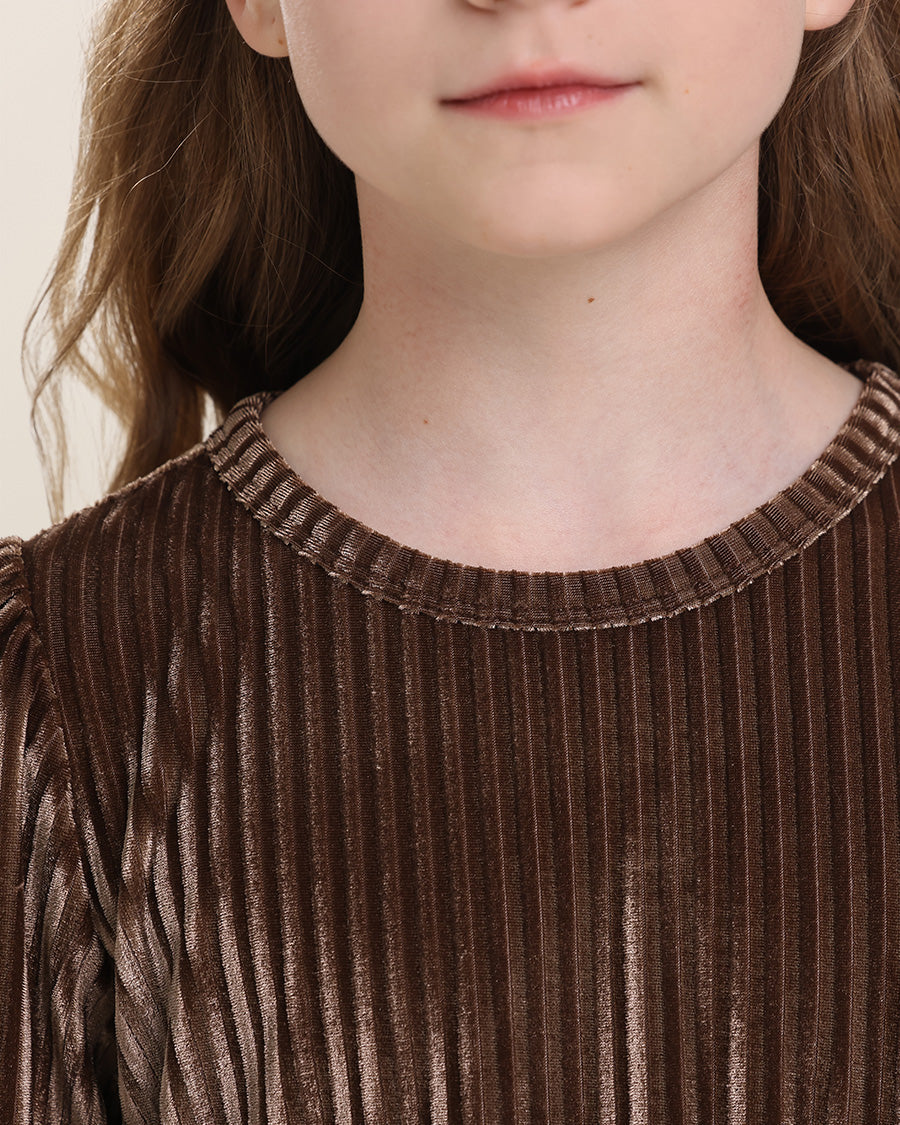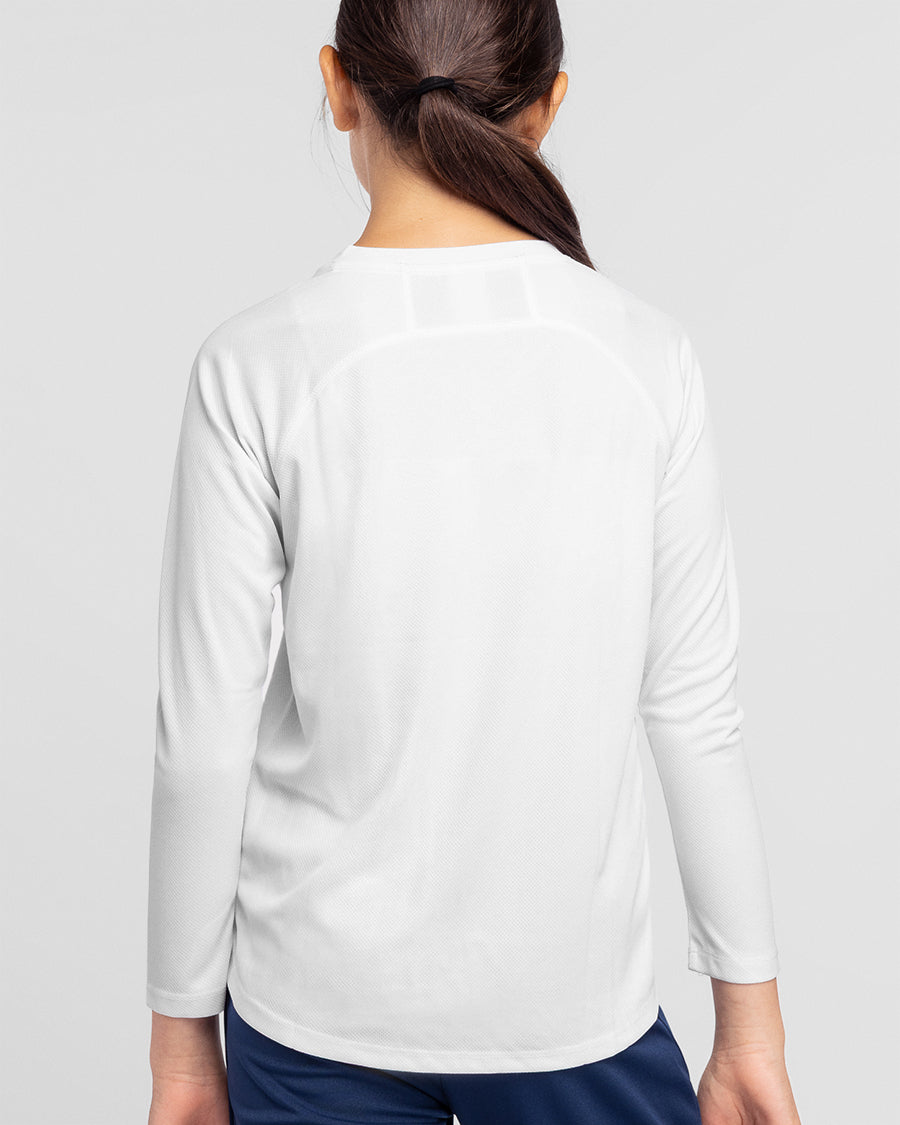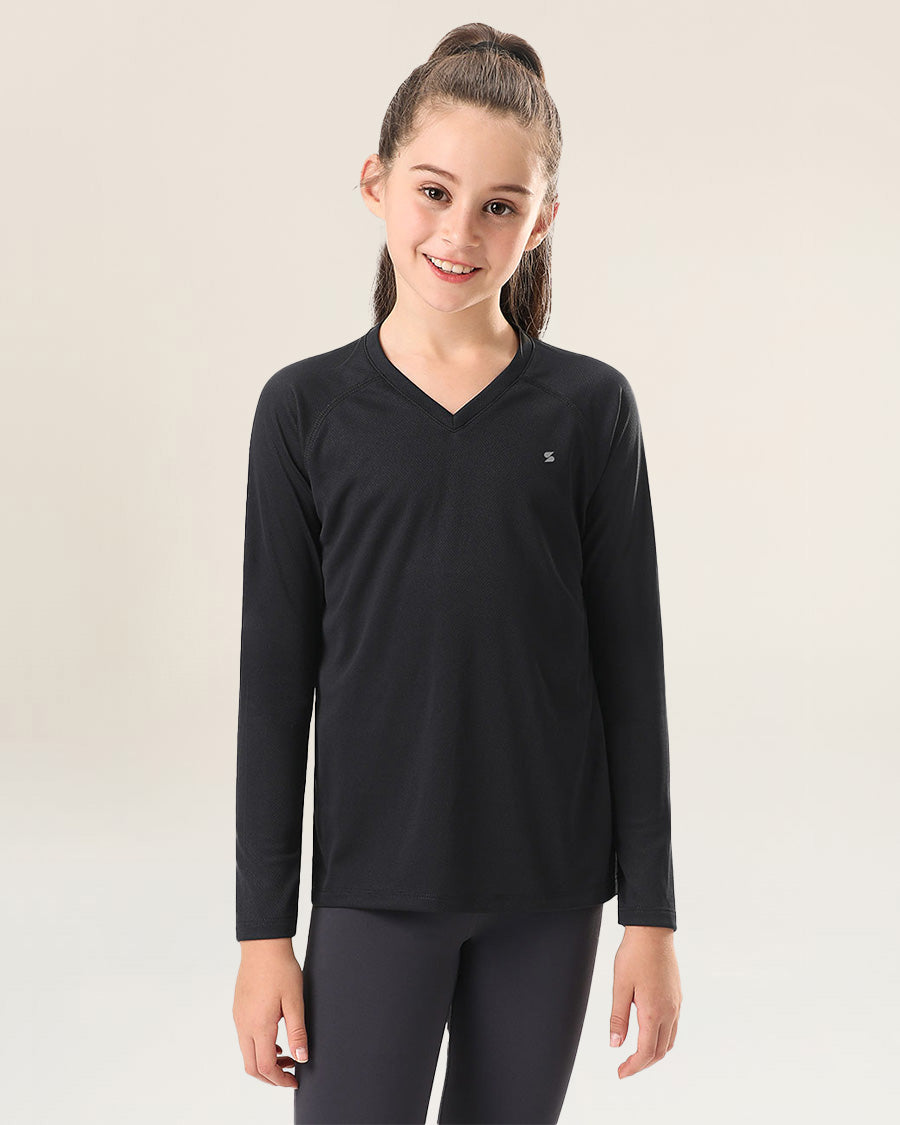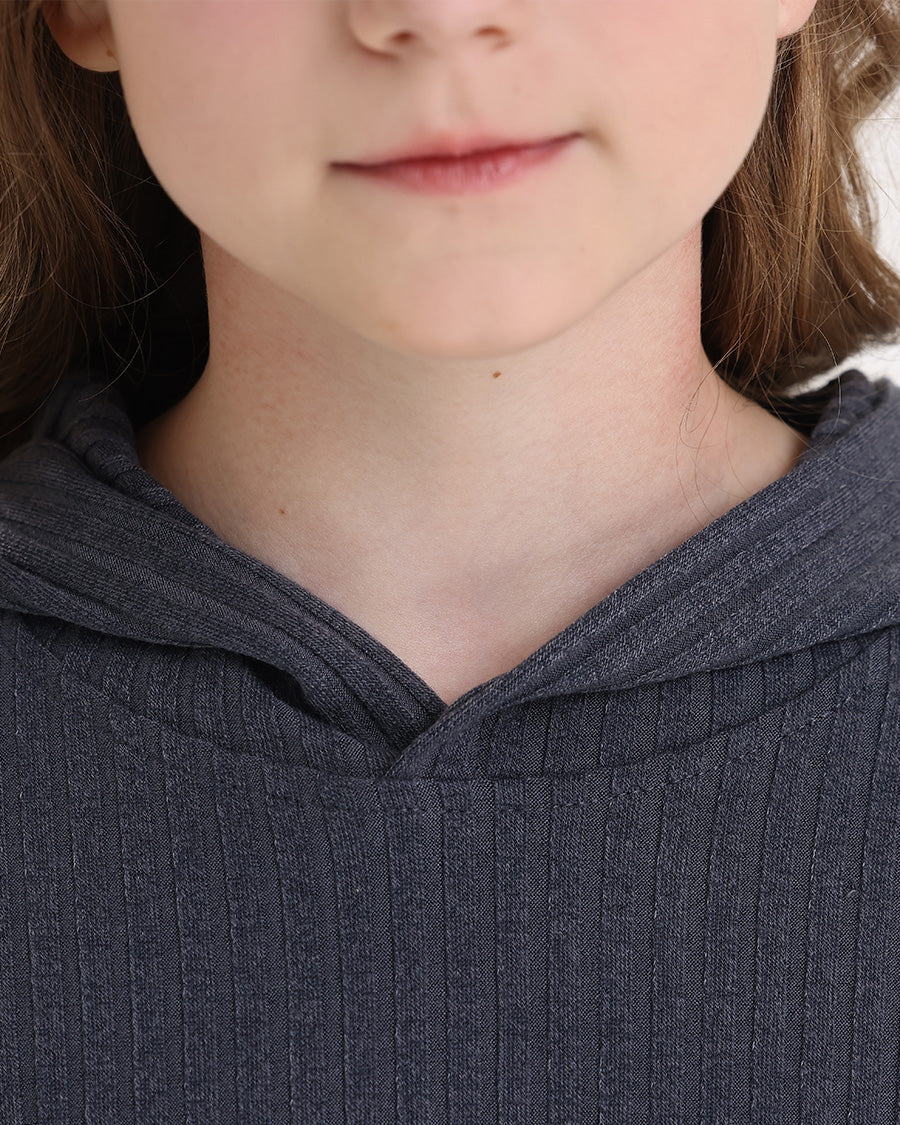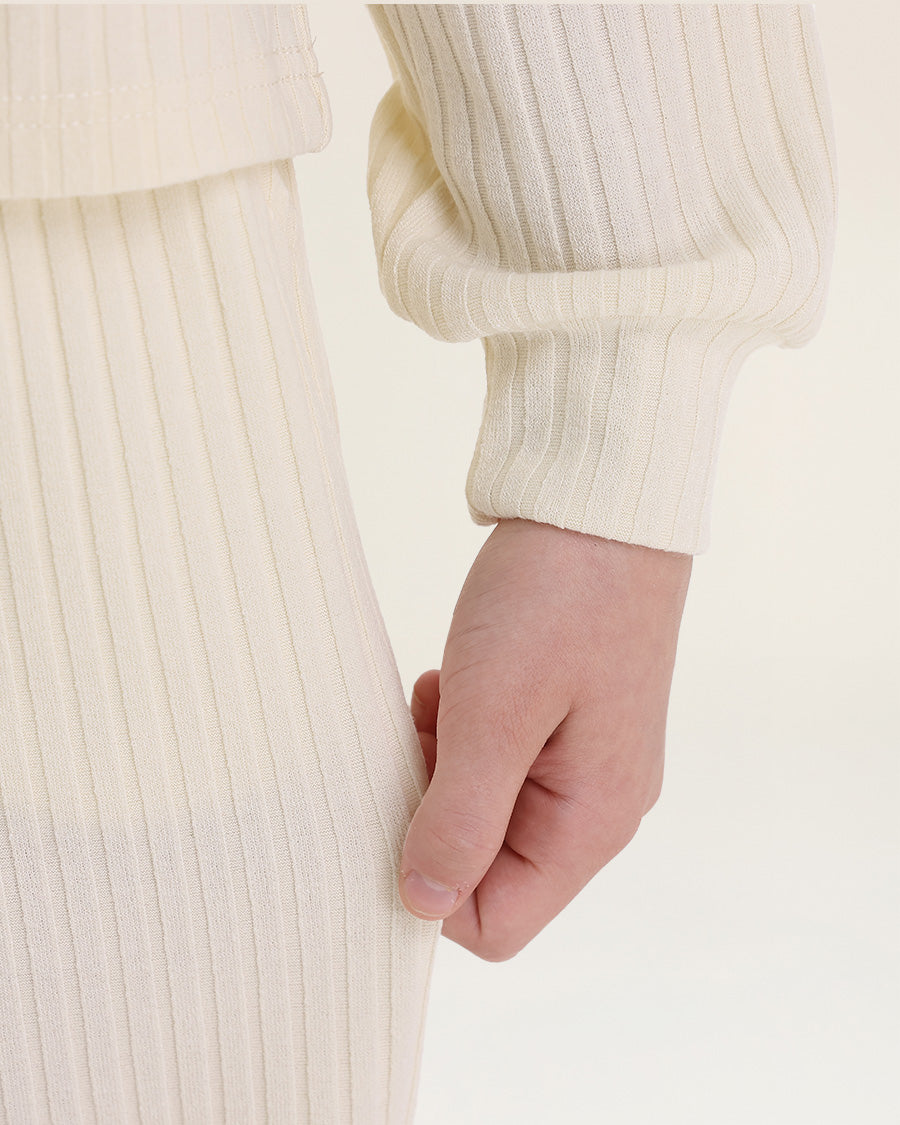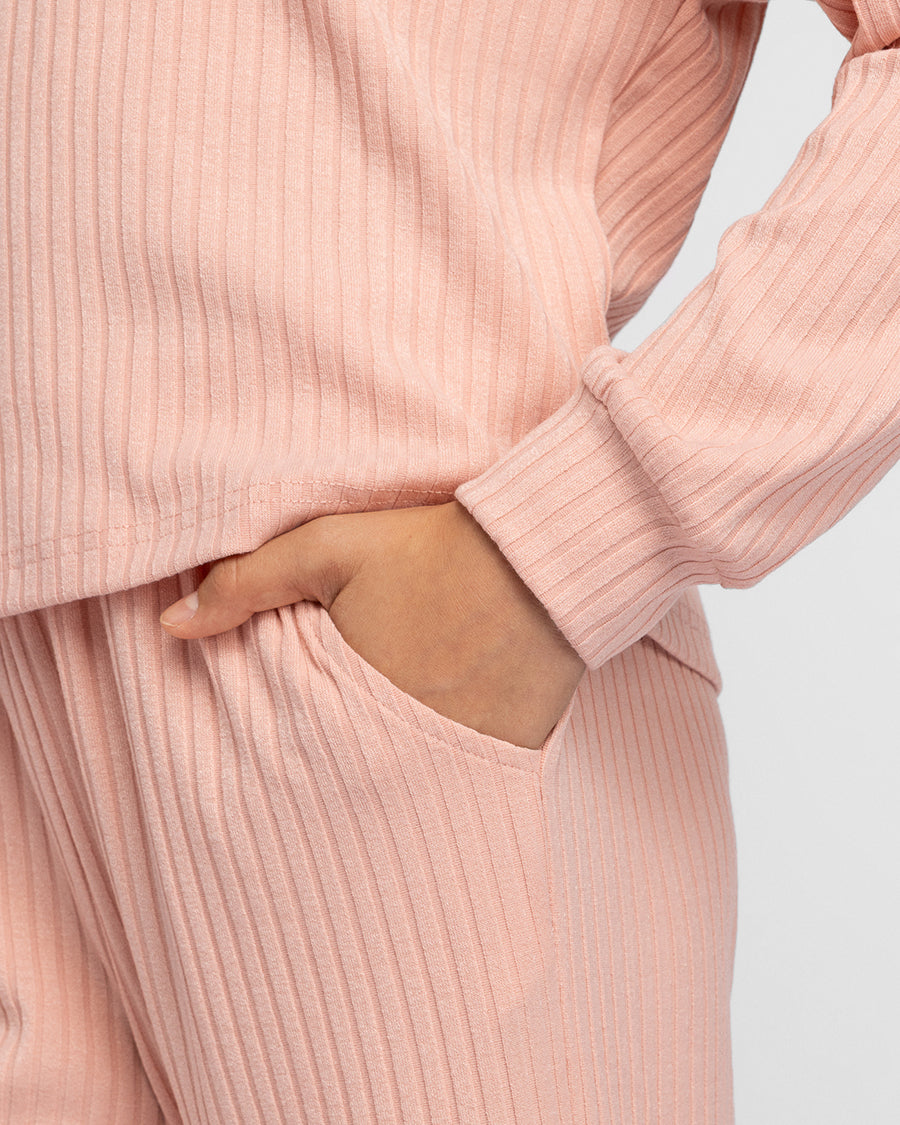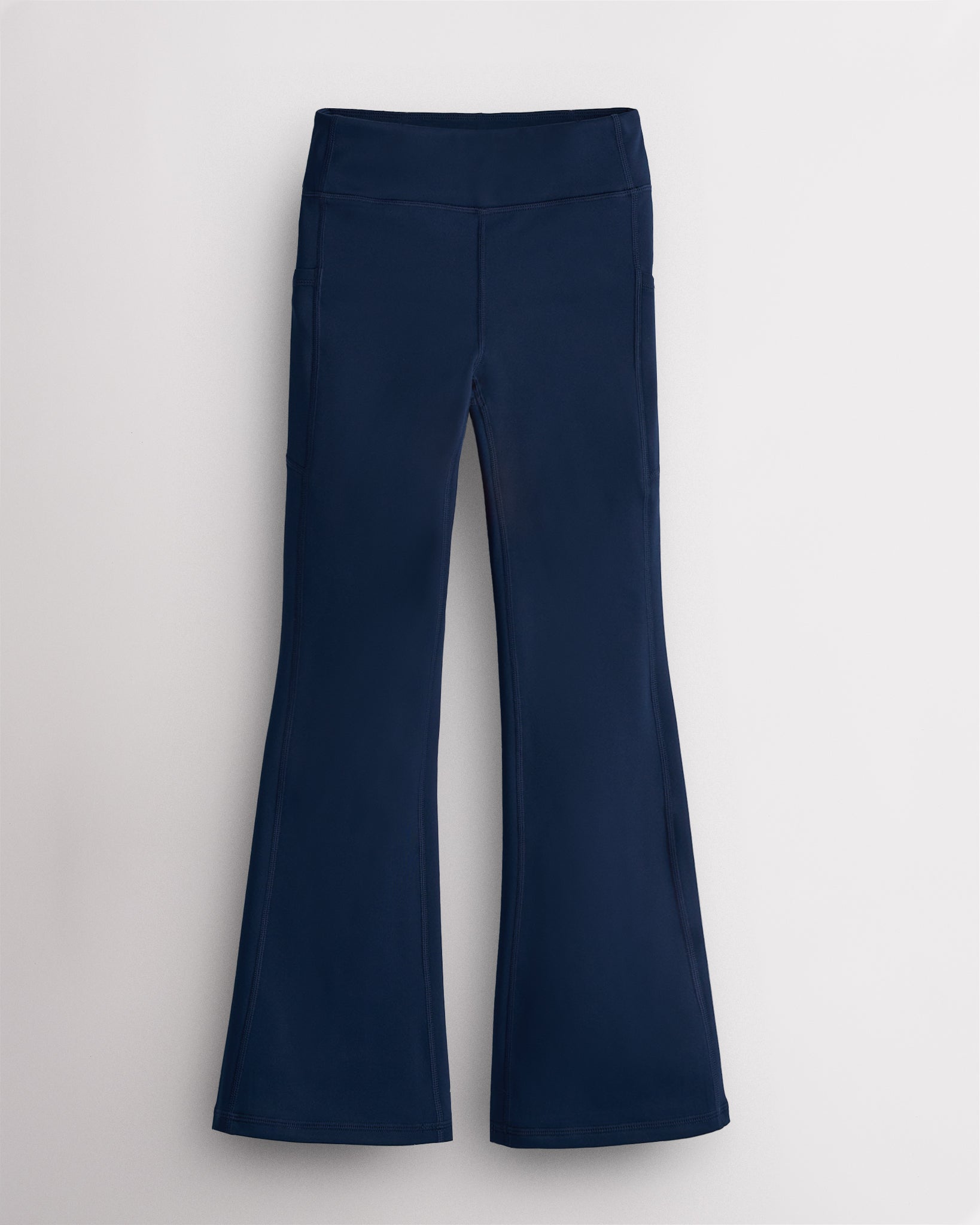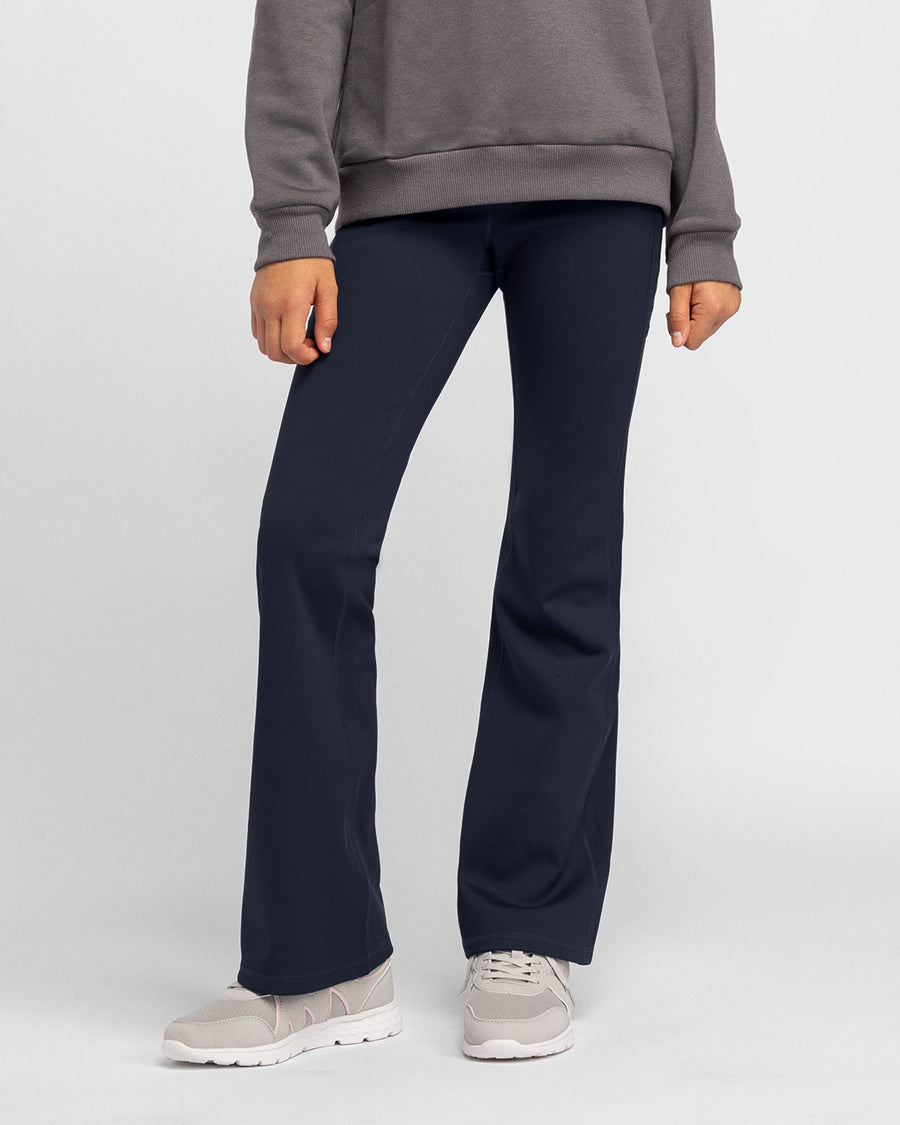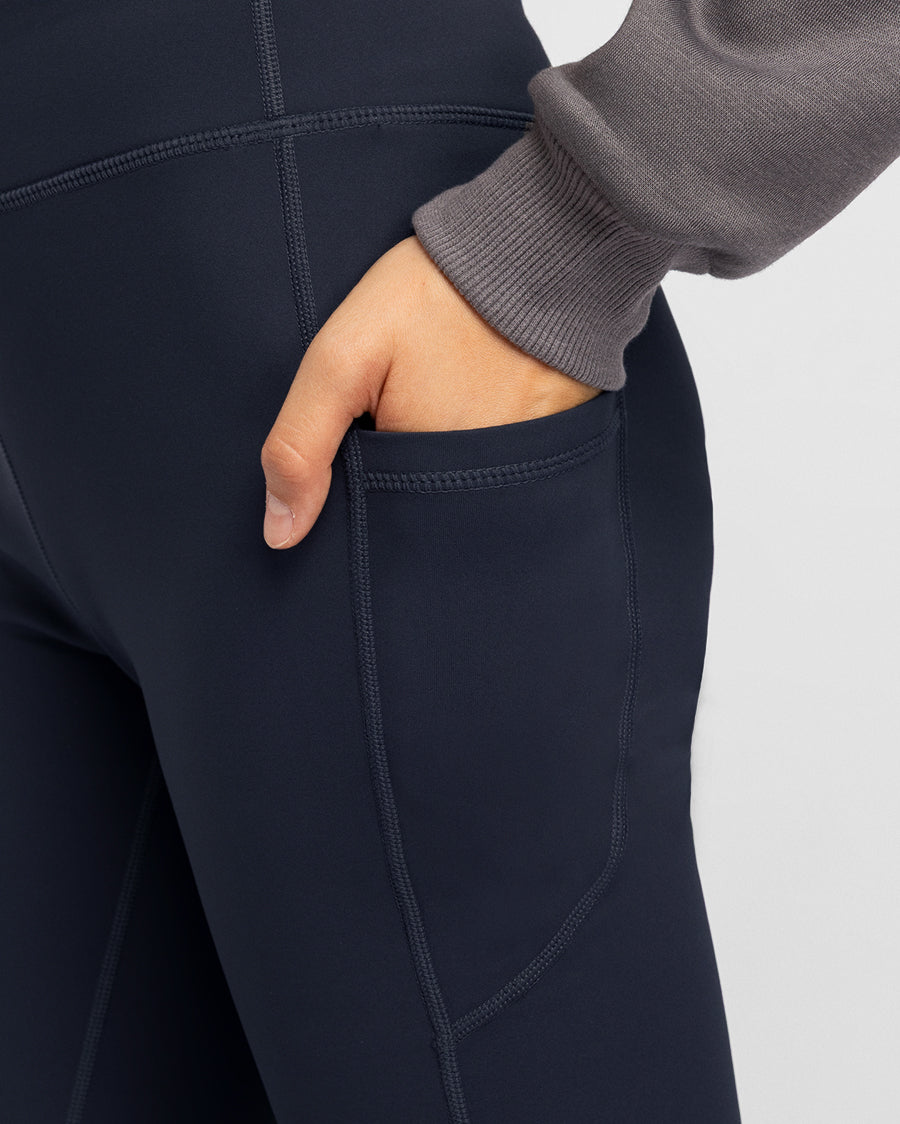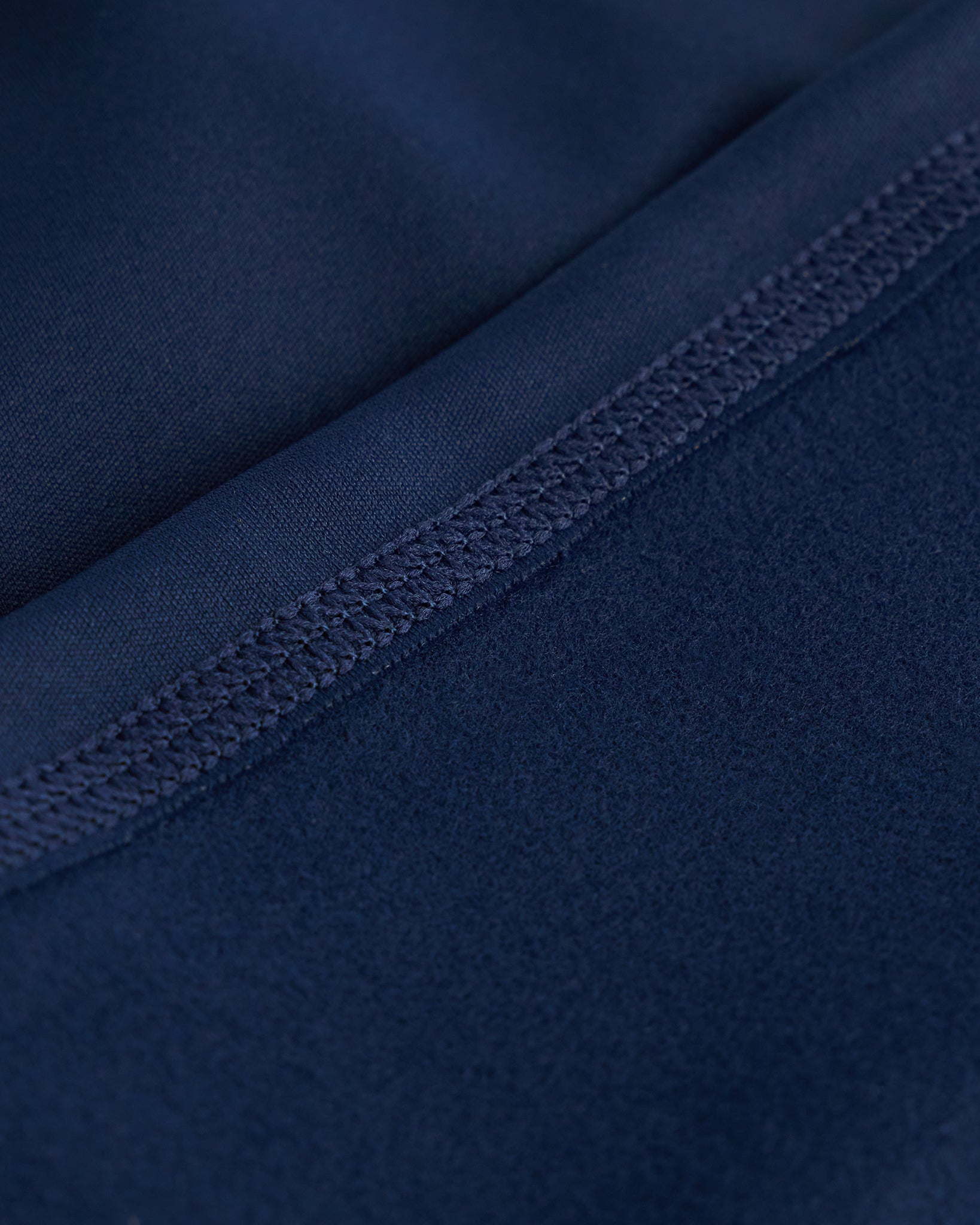A Balanced Approach to the Ballerina Diet
Table of contents
In the rigorous world of ballet, where every leap and pirouette demands peak physical condition, a well-planned ballerina diet is non-negotiable. Nutritional balance is the cornerstone of sustaining the high energy expenditure and nurturing the physique of a ballet dancer. Let's dive into the key components and sample meal plans that define an ideal ballerina diet.
Understanding the Basic Nutritional Requirements
Carbohydrates
Central to the ballerina diet is a rich supply of carbohydrates, the primary energy source to fuel intensive training and performances. However, not all carbohydrates are created equal. Ballet dancers should focus on complex carbohydrates derived from whole grains, vegetables, legumes, and fruits. Foods like brown rice, quinoa, sweet potatoes, and oats can offer sustained energy release, helping dancers maintain their stamina throughout their demanding schedules.
Proteins
Proteins are indispensable for muscle repair and recovery, making them a critical part of the ballerina diet. Lean proteins, including poultry, fish, and legumes, as well as low-fat dairy products, are favored choices. Ballet dancers should aim to include protein-rich foods in every meal to support muscle health and recovery.
Fats
Contrary to the common misconception, fats are an essential part of a healthy diet, including the ballerina diet. Opt for unsaturated fats like avocados, olive oil, nuts, and seeds to support cellular function and provide a substantial energy reserve. These healthy fats aid in nutrient absorption, promoting overall well-being.
Micronutrients: The Unsung Heroes of the Ballerina Diet
Balancing macronutrients is crucial, yet the role of micronutrients — vitamins and minerals — cannot be understated. A fine-tuned ballerina diet integrates abundant sources of calcium, iron, vitamin D, and B-vitamins, all of which play pivotal roles in maintaining a dancer's health.
Ballerina Diet Plan: A Day in the Life of a Nourished Dancer
To conceptualize a nourishing ballerina diet, let’s visualize a typical day’s meal plan that encompasses all the nutritional bases:
Breakfast
Kickstart the day with scrambled eggs paired with spinach and a slice of whole-grain toast, offering a balanced plate of proteins and carbohydrates. Complement the meal with a fresh fruit smoothie, blending in spinach, Greek yogurt, and a medley of berries, boosting the vitamin and mineral content of the breakfast.
Snacks
To maintain energy levels, introduce snacks strategically. A mid-morning snack could be a handful of nuts and a piece of fruit, offering a quick energy boost paired with sustained release carbohydrates. In the afternoon, opt for a refreshing snack of carrot and cucumber sticks paired with hummus, a rich source of plant-based protein.
Lunch
For lunch, envision a plate adorned with grilled chicken or tofu laid on a bed of colorful vegetable salad and a side of quinoa or brown rice. It’s a balanced meal that promises a burst of flavors and a powerhouse of nutrients. Incorporate a side of fresh fruit to satisfy the sweet craving while nourishing the body.
Dinner
As the day winds down, dinner should be a comforting yet nutritious affair. Consider a baked fish or a legume-based dish accompanied by a serving of steamed vegetables and a complex carbohydrate source, such as sweet potatoes. Add a side salad with mixed greens dressed in a vinaigrette, bringing freshness and zest to the meal.
Hydration and Beyond: The Cornerstone of the Ballerina Diet
Hydration remains a critical element in the ballerina diet. Ballet dancers should prioritize adequate water intake to stay hydrated, especially during extensive rehearsals and performances. Incorporating electrolyte-rich beverages can help replenish the minerals lost through sweat, aiding in quick recovery and preventing muscle cramps.
Bringing it All Together: The Finale of the Ballerina Diet
In conclusion, the ballerina diet is not merely a diet but a lifestyle that promotes physical well-being and supports the aesthetic demands of ballet. It is a harmonious blend of macronutrients and micronutrients, intertwined with mindful hydration practices.
Whether it's the carefully planned meals throughout the day or the thoughtful integration of a ballerina tea diet, every element is geared towards nurturing the ballet dancer’s body to grace the stage with vitality and elegance. To individualize the ballerina diet, one should consider seeking guidance from a registered dietitian, ensuring a diet that is as graceful and balanced as a ballet performance.
References
- Smith, A., Brown, L., & Wyon, M. (2015). Nutritional intake in classical ballet dancers: a follow-up study. *International Journal of Sport Nutrition and Exercise Metabolism*, 25(5), 459-467.
- Koutedakis, Y., & Jamurtas, A. (2004). The dancer as a performing athlete: physiological considerations. *Sports Medicine*, 34(10), 651-661.
- Wyon, M., Koutedakis, Y., Wolman, R., Nevill, A. M., & Allen, N. (2014). The influence of winter vitamin D supplementation on muscle function and injury occurrence in elite ballet dancers: A controlled study. *Journal of Science and Medicine in Sport*, 17(1), 8-12.
- Mainwaring, L. M., & Finney, C. (2017). Diet and dancer wellness: the role of dietary intake in musculoskeletal injury. *Journal of Dance Medicine & Science*, 21(4), 140-148.
- Doyle, L. (2016). Detox Teas and Their Benefits. *Herbal Medicine: Open Access*, 2(1), 116.
- Kenny, S. J., Whittamore, D. R., & Galloway, S. D. (2011). Hydration and muscle function in elite ballet dancers. *European Journal of Sport Science*, 11(6), 427-435.
- Schneider, S., Peipsi, A., Stokes, M., Knicker, A., & Abeln, V. (2016). Feasibility of monitoring muscle health in microgravity environments using Myoton technology. *Medical & Biological Engineering & Computing*, 54(3), 457-466.
- Twitchett, E., Koutedakis, Y., & Wyon, M. (2008). Physiological fitness and professional classical ballet performance: a brief review. *Journal of Strength and Conditioning Research*, 22(6), 1796-1803.













